Blog Title, Description and Slug - SEO Title and Meta Tool
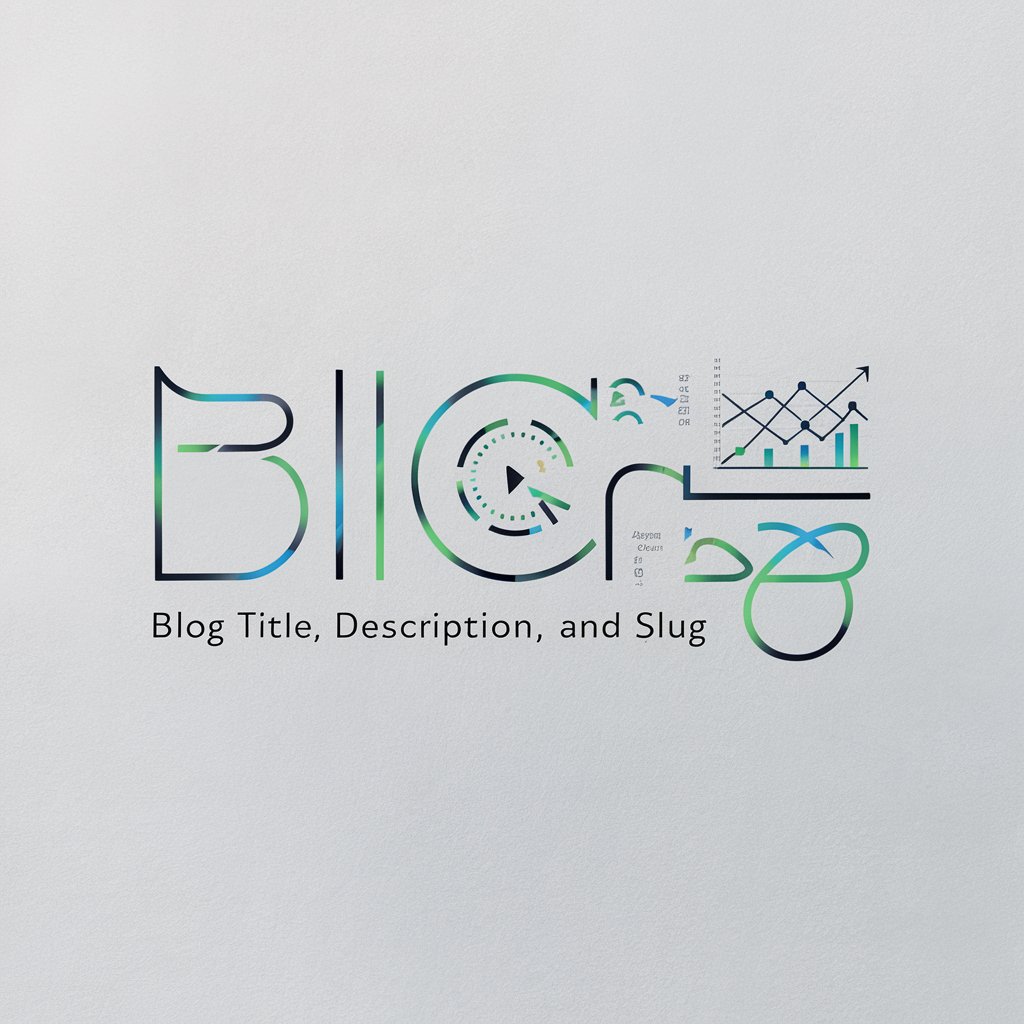
Hello! I'm here to help you optimize your content for better search engine visibility.
Empower Your Content with AI-Driven SEO
Generate a compelling blog title for an article about
Craft a meta description for a webpage focused on
Create an SEO-friendly slug for a post discussing
Write a title tag for a website that features
Get Embed Code
Overview of Blog Title, Description, and Slug
Blog Title, Description, and Slug are fundamental components in the realm of SEO and content creation, designed to enhance the visibility and accessibility of web content on search engines. The Blog Title serves as the initial point of engagement, capturing the essence of the content and enticing users to click through. The Description provides a concise summary of the blog's content, offering insight into what the reader can expect, thereby aiding in decision-making. The Slug, part of the URL, reflects the content's focus in a readable and SEO-friendly manner. For example, for a blog post about 'The Benefits of Sustainable Living,' an effective title might be '10 Key Benefits of Adopting a Sustainable Lifestyle,' with a description highlighting the environmental and personal advantages, and a slug formatted as '/benefits-sustainable-living'. These elements work synergistically to improve search rankings, attract a targeted audience, and enhance user experience. Powered by ChatGPT-4o。

Core Functions and Real-World Applications
Enhancing Search Engine Visibility
Example
A well-crafted blog title like 'Ultimate Guide to Vegan Baking' paired with a detailed description and a slug '/ultimate-vegan-baking-guide' significantly boosts the content's visibility on search engines for relevant queries.
Scenario
A food blogger aiming to rank higher for vegan baking searches.
Improving Click-Through Rates (CTRs)
Example
Titles that incorporate numbers, questions, or power words, such as '5 Surprising Facts About Renewable Energy,' often see higher CTRs due to their engaging nature.
Scenario
An environmental website looking to increase reader engagement and site traffic.
Facilitating Content Categorization and Navigation
Example
Using descriptive and keyword-rich slugs, like '/tips-for-efficient-home-heating', helps users and search engines understand the content's theme, making site navigation more intuitive.
Scenario
A home improvement blog organizing its content to improve user experience and SEO.
Target User Groups for Blog Title, Description, and Slug Services
Content Creators and Bloggers
Individuals or teams focused on producing web content across various niches. They benefit from improved SEO, increased organic traffic, and better engagement rates.
SEO Specialists and Digital Marketers
Professionals tasked with optimizing content for better search engine rankings and visibility. They rely on strategic use of titles, descriptions, and slugs to enhance the online presence of their content or clients'.
Business Owners and E-commerce Sites
Entities seeking to establish a strong online presence, drive targeted traffic, and increase conversions. Effective SEO practices directly contribute to achieving these objectives.

Using Blog Title, Description, and Slug for SEO Optimization
1
Start by accessing a free trial at yeschat.ai, which requires no login or ChatGPT Plus subscription.
2
Input your blog content or ideas to receive suggestions for SEO-optimized titles, descriptions, and slugs.
3
Review the suggested titles, descriptions, and slugs, focusing on relevance to your content and incorporation of key SEO keywords.
4
Customize the suggestions based on your audience's interests and the unique angle of your blog post to enhance engagement.
5
Implement the optimized title, description, and slug on your blog. Monitor your post's performance and adjust keywords as necessary for continuous improvement.
Try other advanced and practical GPTs
Biblical Answers
Scriptural insights at your fingertips
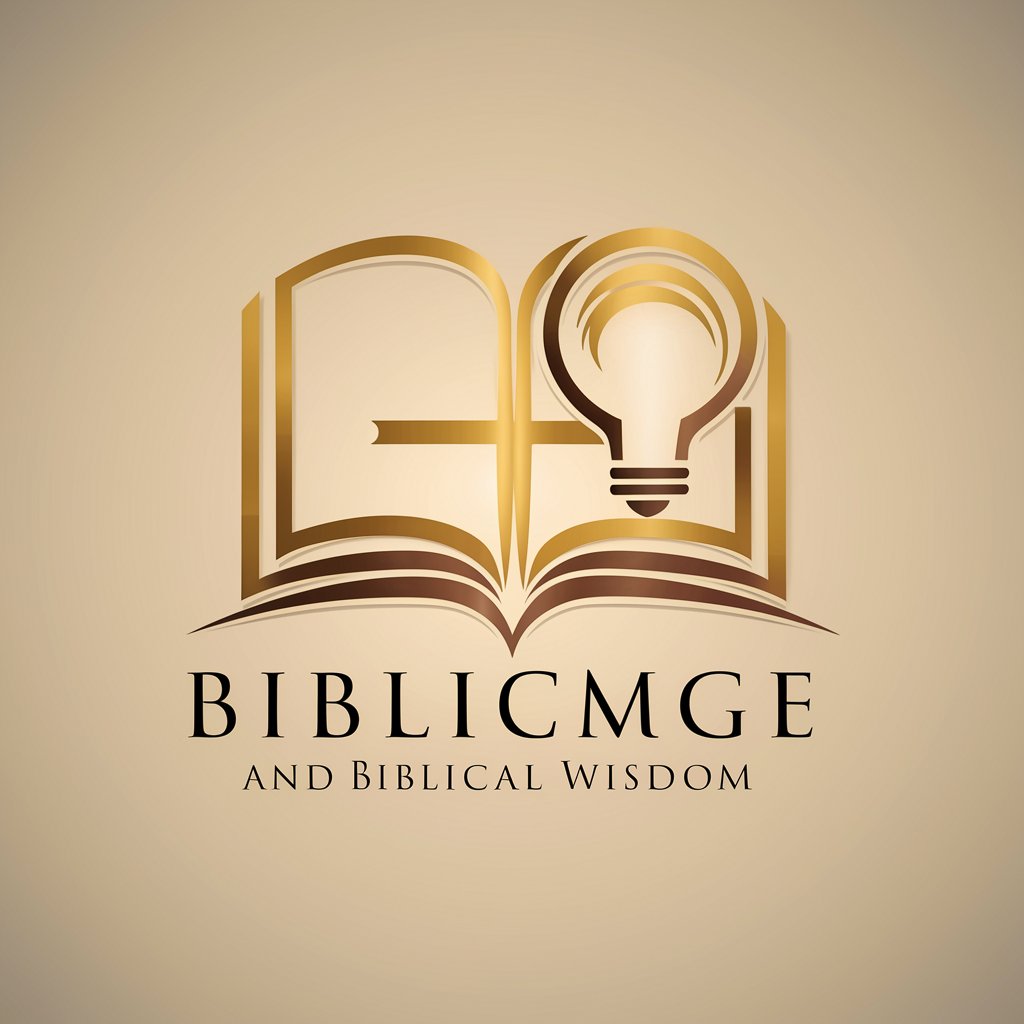
Tempello UI/UX GPT
Empowering design decisions with AI

Trog the Caveman
Explore the Stone Age with AI
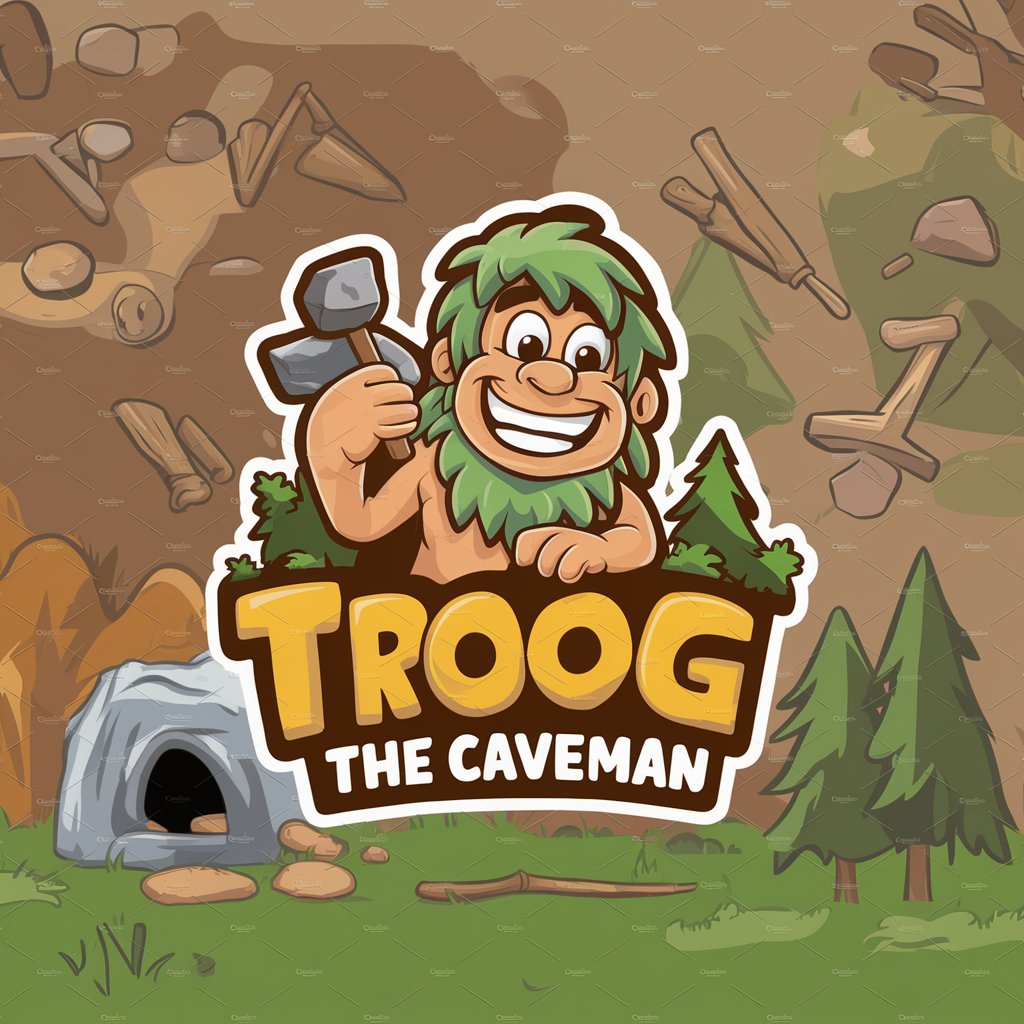
Rice Cooker
Master Rice Cooking with AI
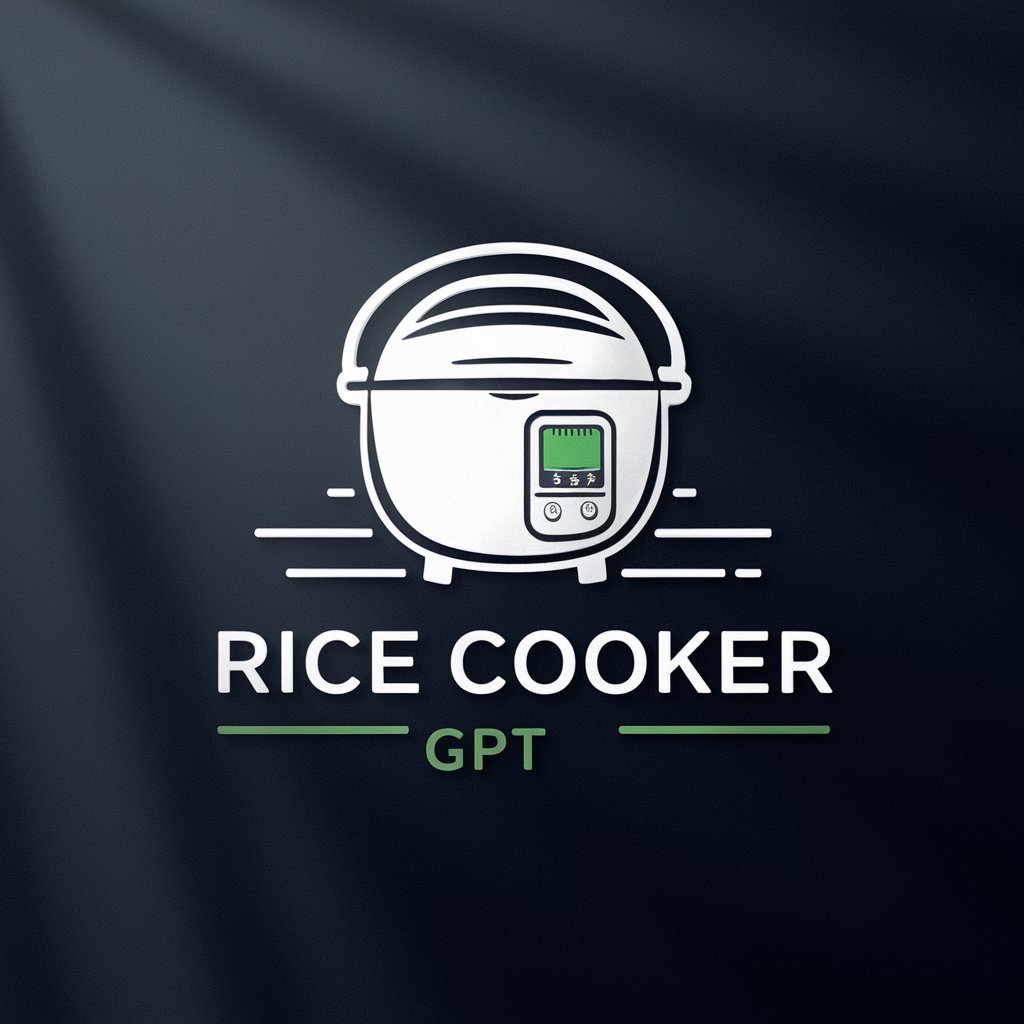
Re-use
Empower Your Sustainability with AI

SwissGPT
Navigate Swiss expatriation with AI-powered assistance.

Rudy Tarotista
Unlock Insights with AI-Powered Tarot

Account Executive
Empower Your Marketing with AI Insights

Otello bébé
Tailored Chihuahua Papillon Guidance
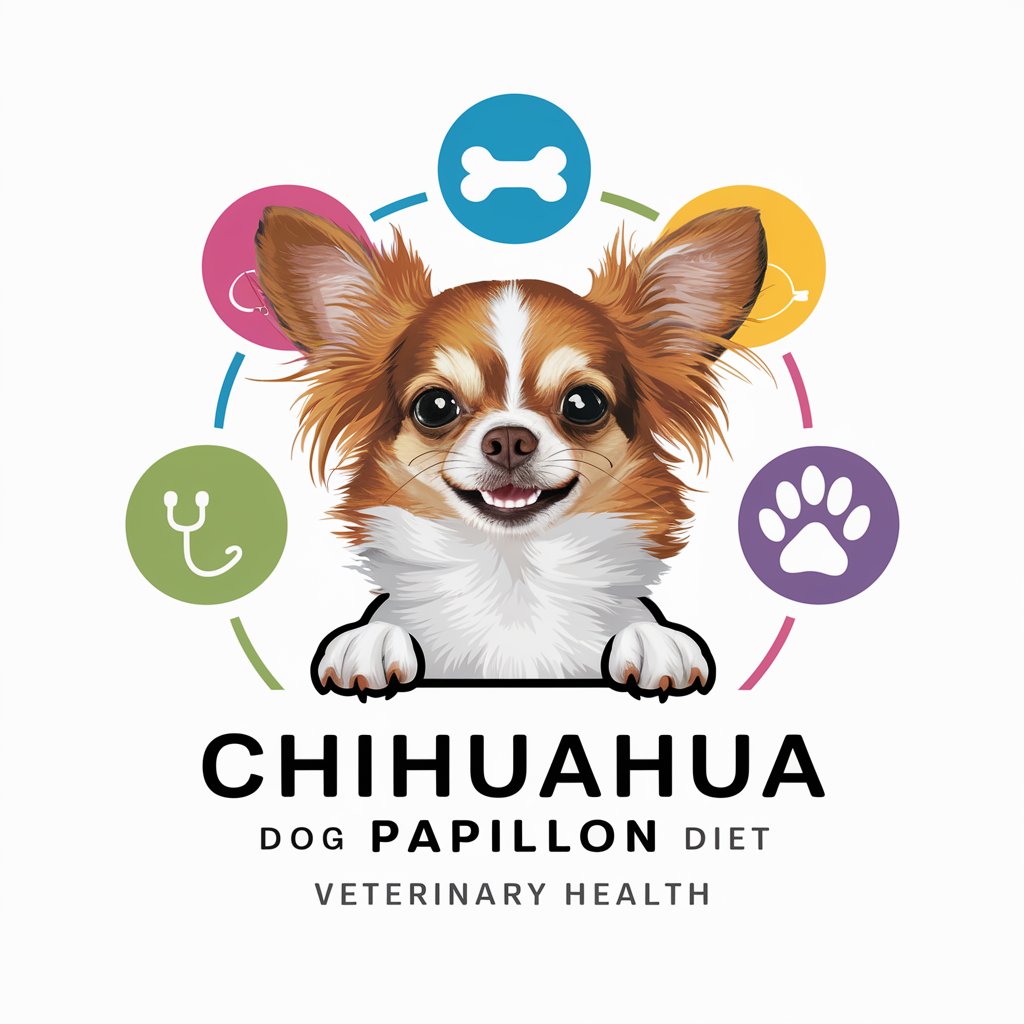
Talent Scout
AI-powered finance and accounting recruitment.

DigitPal
Empowering Math Learning with AI

Translator Bot
Breaking Language Barriers with AI

Frequently Asked Questions about Blog Title, Description, and Slug
What is the importance of an SEO-optimized blog title?
An SEO-optimized blog title is crucial for improving visibility in search engine results, attracting potential readers, and accurately conveying the essence of your content.
How does a meta description impact my blog's SEO?
A meta description provides a summary of your blog's content, influencing click-through rates by enticing readers in search engine results, which indirectly benefits SEO rankings.
What is a slug and how does it affect my blog's SEO?
A slug is the part of the URL that identifies a particular page on a website in a readable form. It affects SEO by incorporating keywords that improve search relevance and user understanding.
Can I change my blog's slug after publishing?
Yes, you can change your blog's slug after publishing, but it's important to set up proper redirects to avoid broken links, which can negatively impact SEO and user experience.
How often should I update my blog's title and description for SEO?
You should review and possibly update your blog's title and description periodically, especially to reflect changes in content relevance, keyword trends, and to improve performance in search results.
